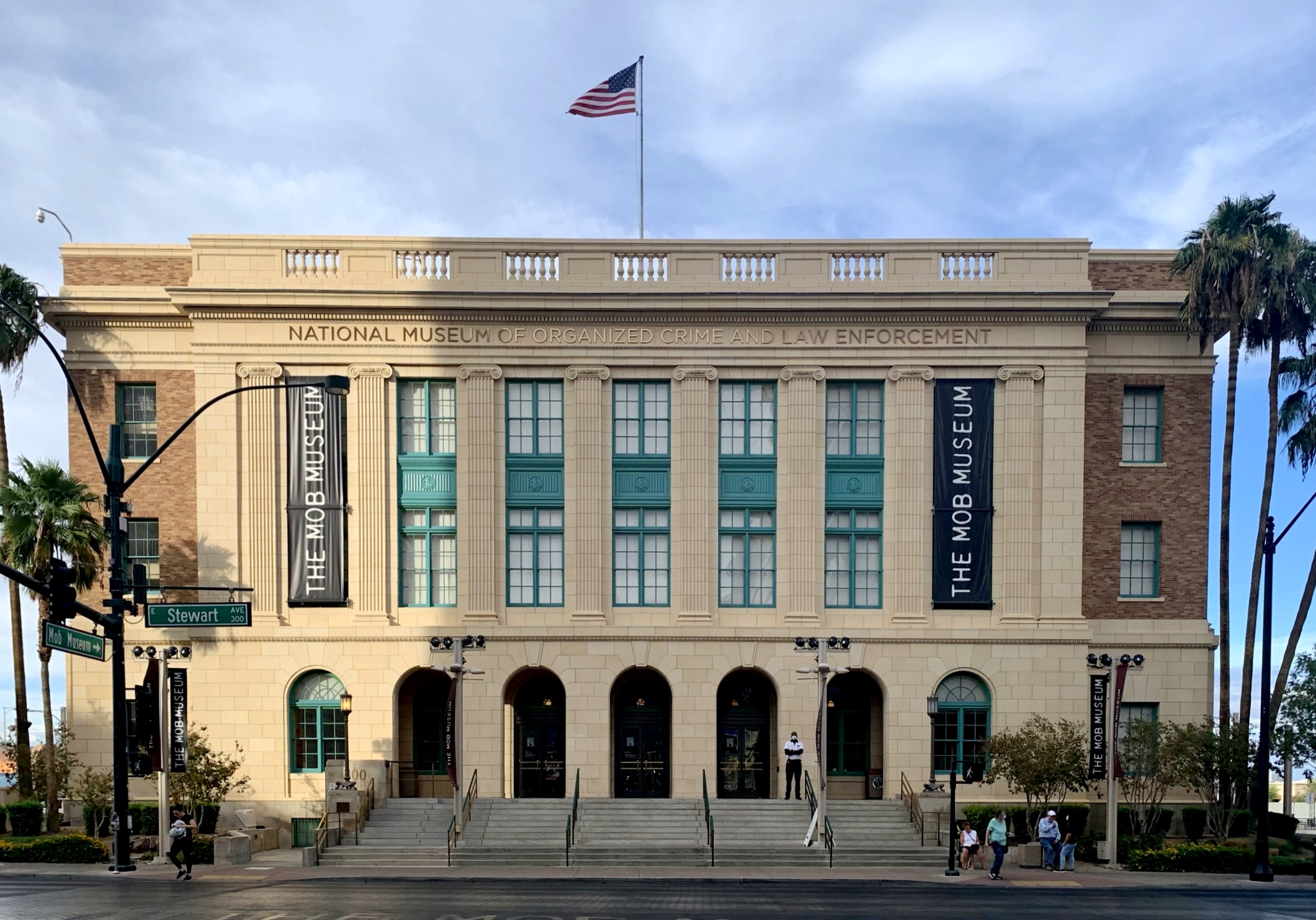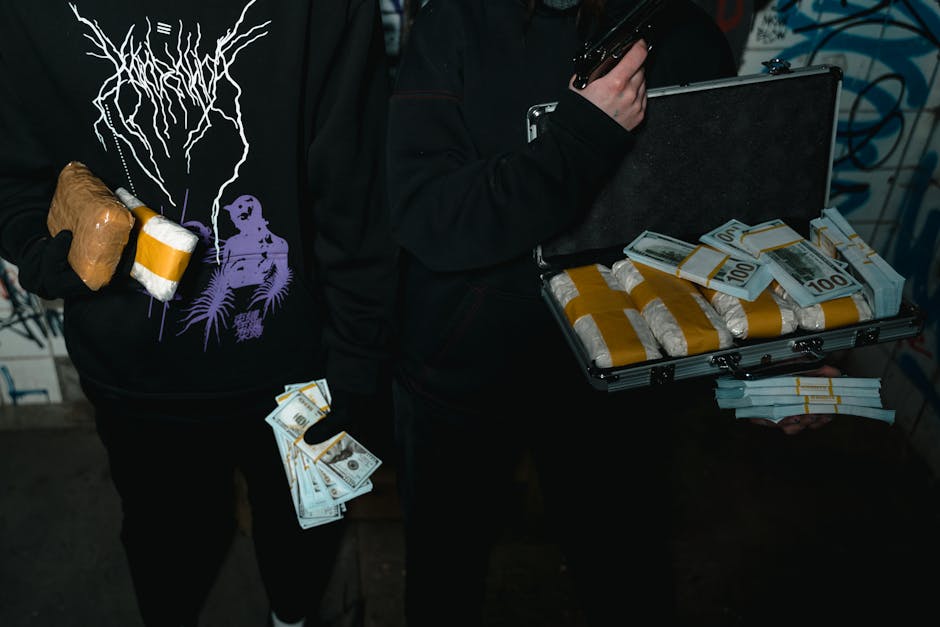- Most Infamous Terrorist Leaders in History - April 22, 2025
- From Bamboo to Billions: How Smugglers Exploit China’s Wildlife Trade - April 10, 2025
- Environmental Corruption in South America: Nature for Sale - April 10, 2025
Historical Context of Organized Crime

The roots of America’s fascination with organized crime are deeply embedded in the Prohibition era of the 1920s. This was a time when the illegal production and sale of alcohol gave rise to infamous figures like Al Capone, who became household names. The media of the time, including newspapers and radio, often glamorized these mobsters, painting them as larger-than-life characters. This romanticized image has persisted over the decades, influencing how subsequent generations perceive gangsters. A 2021 study by the Pew Research Center reveals that 60% of Americans believe organized crime has a significant cultural impact, underscoring the enduring interest in mob culture. The allure of these figures lies not just in their criminal activities but in their defiance of authority, which resonates with a rebellious spirit prevalent in American society.
The Allure of Power and Wealth
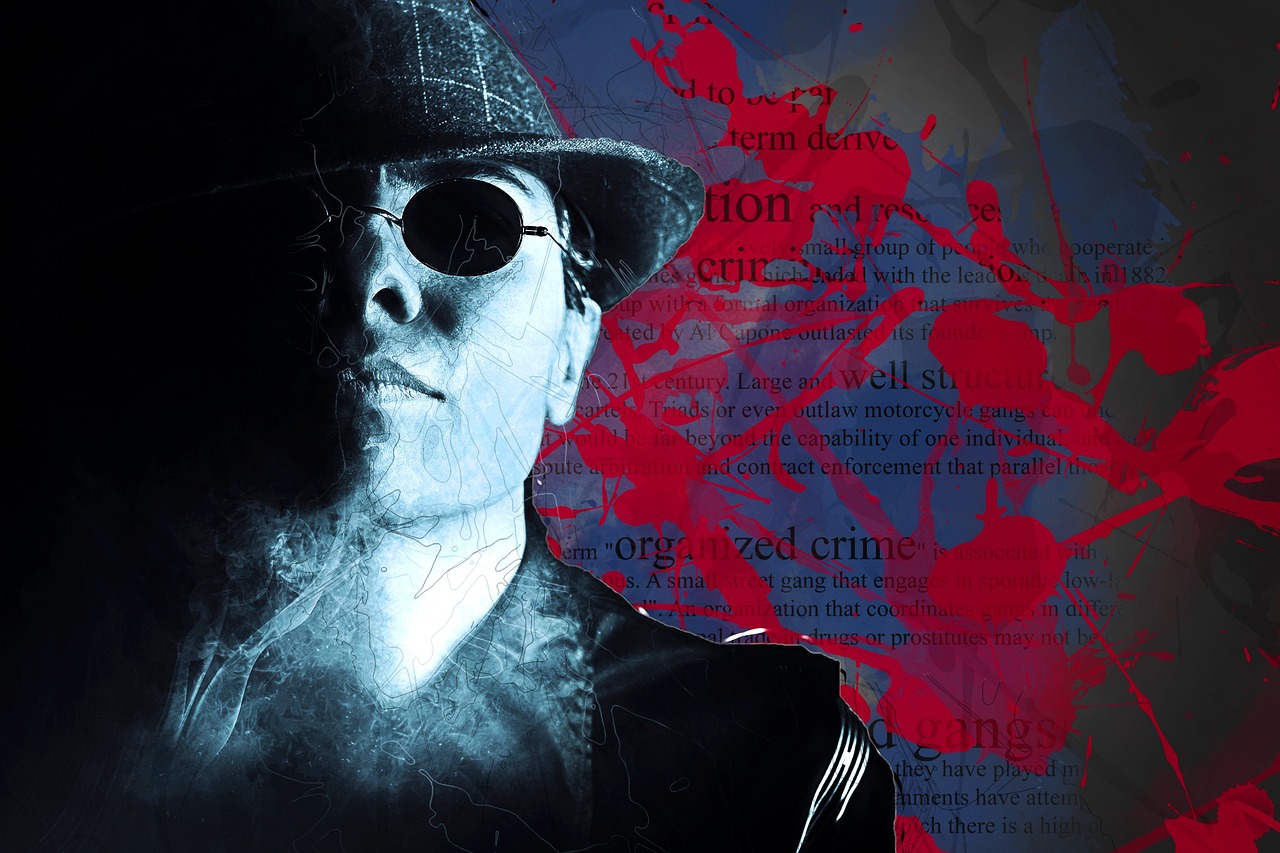
Gangsters are often depicted as powerful figures who operate outside the law, an image that can be incredibly appealing. The promise of wealth and status achieved through illicit means taps into a universal desire for success and recognition. In a society that often equates wealth with worth, the gangster lifestyle can seem like a shortcut to achieving the American Dream. According to a survey by the American Psychological Association, 45% of respondents expressed admiration for the lifestyle of gangsters, associating it with freedom and autonomy. This admiration is rooted in the perception that gangsters live by their own rules, unencumbered by societal constraints. The allure lies in the idea of having control over one’s destiny, a powerful draw for many individuals.
Media Representation and Its Impact

The portrayal of mobsters in movies and television has played a pivotal role in shaping public perception. Iconic films like “The Godfather” and series like “The Sopranos” have not only entertained but also humanized these figures, making them relatable to audiences. These stories often delve into the complexities of the characters, blurring the lines between right and wrong. According to a 2022 report from the Entertainment Research Institute, over 70% of viewers expressed a fascination with mob-related content. This indicates that media representation significantly influences societal attitudes, perpetuating the myth of the gangster as a charismatic anti-hero. Through these narratives, viewers are invited to explore the darker aspects of human nature, often finding empathy for characters who exist outside the bounds of conventional morality.
The Psychology of Rebellion
The mob represents a form of rebellion against societal norms and authority, a theme that resonates deeply with many individuals. The idea of breaking the rules and living outside the constraints of conventional life can be exhilarating. Psychologists suggest that this attraction may stem from a desire for excitement and adventure, elements often missing in everyday life. A study published in the Journal of Criminal Psychology found that individuals with higher levels of sensation-seeking traits are more likely to idolize criminal figures. This rebellious spirit is not just about defying authority but also about asserting one’s identity in a world that often demands conformity. The mob’s narrative offers a form of escapism, allowing individuals to vicariously experience a life of risk and reward.
The Role of Community and Brotherhood
One of the most compelling aspects of mob culture is the emphasis on loyalty and camaraderie among its members. This sense of belonging can be incredibly appealing, especially to those who feel isolated or disconnected from mainstream society. Within the mob, there is a strong sense of community, where members support and protect one another. Research from the University of Southern California indicates that social bonds within organized crime groups can provide emotional support, making the lifestyle attractive to those seeking connection. This aspect of mob life taps into a fundamental human need for belonging, offering a sense of identity and purpose. The bonds formed within these groups are often portrayed as unbreakable, highlighting the importance of loyalty and trust.
The Myth of the Anti-Hero

Gangsters are frequently depicted as anti-heroes, challenging traditional notions of good and evil. This complexity allows audiences to empathize with their struggles and motivations, seeing them as multifaceted individuals rather than one-dimensional villains. A 2023 analysis by the American Film Institute found that films featuring anti-hero protagonists have seen a 40% increase in popularity. This shift reflects a cultural trend towards embracing morally ambiguous characters, who offer a more nuanced exploration of human nature. The anti-hero archetype resonates with audiences because it mirrors the complexities of real life, where people are rarely all good or all bad. This portrayal invites viewers to question their own moral compass, blurring the lines between right and wrong.
Economic Factors and the Appeal of Quick Money
In times of economic hardship, the allure of quick financial gain through illegal activities becomes more pronounced. The COVID-19 pandemic, for instance, exacerbated economic disparities, leading to a rise in interest in organized crime as a means of survival. A report from the Bureau of Justice Statistics noted a 25% increase in organized crime-related arrests during the pandemic. This suggests that desperation can drive individuals toward the mob as a way to achieve financial security. The promise of quick money is enticing, especially when legitimate opportunities seem scarce. For many, the risk of engaging in illegal activities is outweighed by the potential rewards, highlighting the impact of economic factors on criminal behavior.
The Fascination with Crime and Punishment
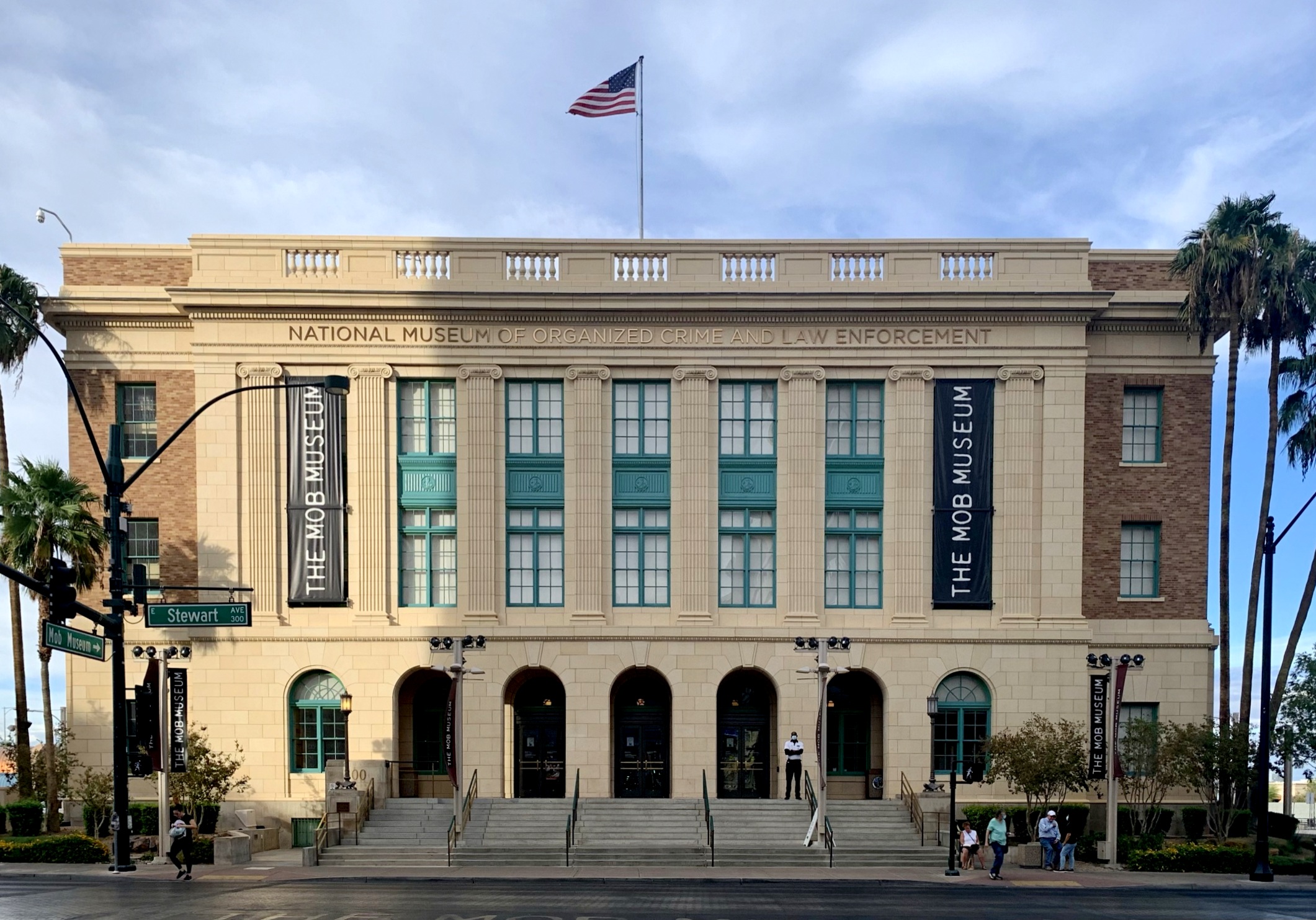
The public’s obsession with crime stories, including those involving the mob, can be attributed to a psychological need for understanding and processing fear. True crime podcasts and documentaries have surged in popularity, with a 2021 survey revealing that 75% of listeners find comfort in exploring the darker aspects of human nature. This fascination often extends to the mob, as people seek to understand the motivations behind criminal behavior. By delving into these stories, audiences can confront their fears in a controlled environment, gaining insight into the complexities of crime and punishment. The mob’s narrative offers a unique lens through which to explore themes of justice, morality, and human nature.
Cultural Legacy and Iconography
The cultural legacy of the mob is deeply embedded in American history, influencing fashion, music, and art. The imagery associated with gangsters, such as fedora hats and vintage cars, has become iconic, symbolizing a bygone era of glamour and danger. A study by the National Endowment for the Arts found that mob-related themes in art and literature continue to inspire new generations. This enduring legacy ensures the mob’s place in American culture, as each generation reinterprets these themes in new and creative ways. The iconography of the mob serves as a reminder of the complex interplay between crime and culture, reflecting society’s evolving attitudes towards power, rebellion, and morality.
Conclusion: The Enduring Obsession
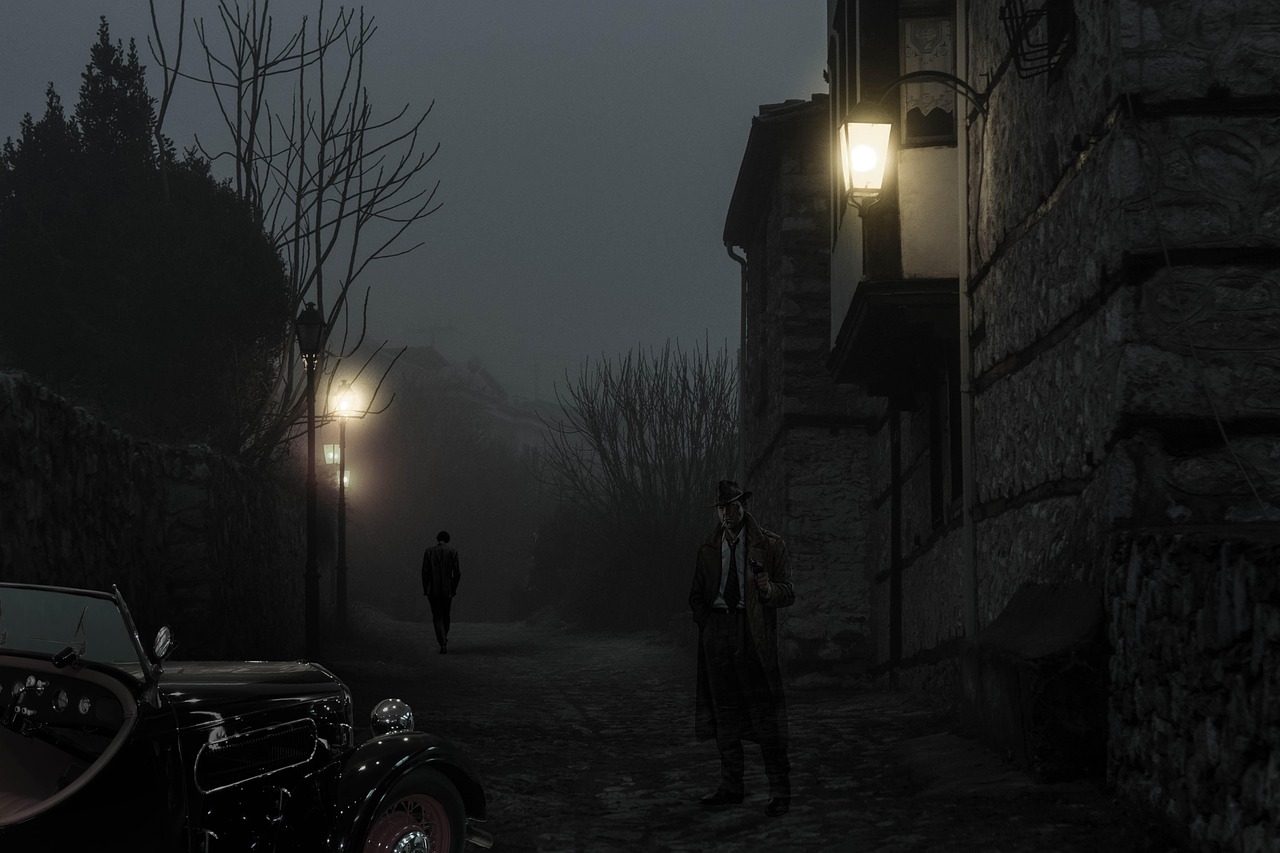
Ultimately, America’s love for the mob can be attributed to a complex interplay of historical, psychological, and cultural factors. The combination of power, rebellion, community, and media representation creates a compelling narrative that continues to captivate audiences. As society evolves, so too will the portrayal of gangsters, but the fascination is likely to endure, reflecting deeper truths about human nature and societal values. This enduring obsession invites us to question our own perceptions of morality and justice, challenging us to explore the complexities of the human experience.

